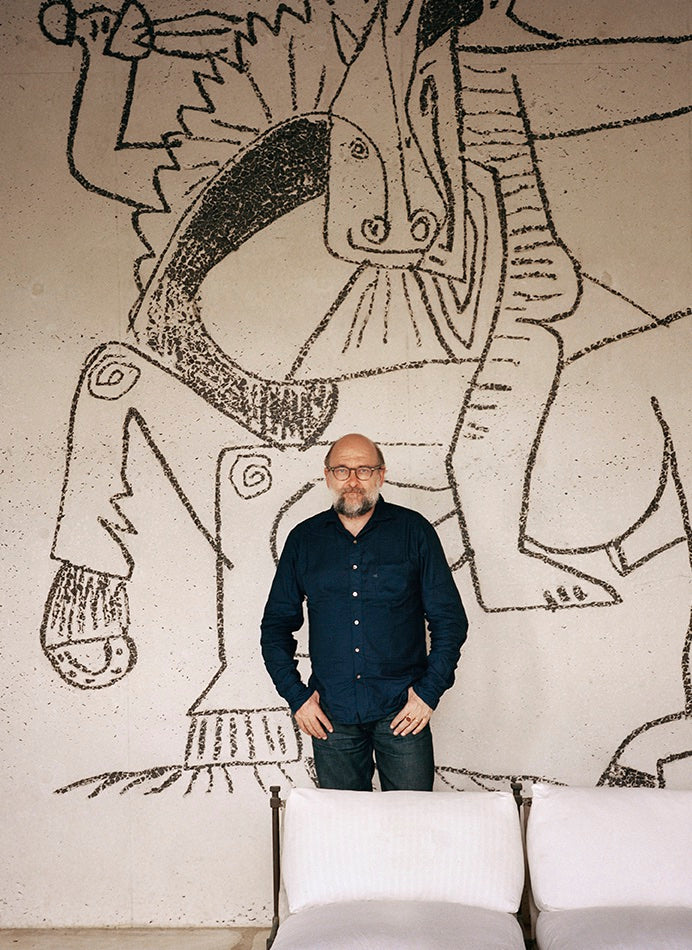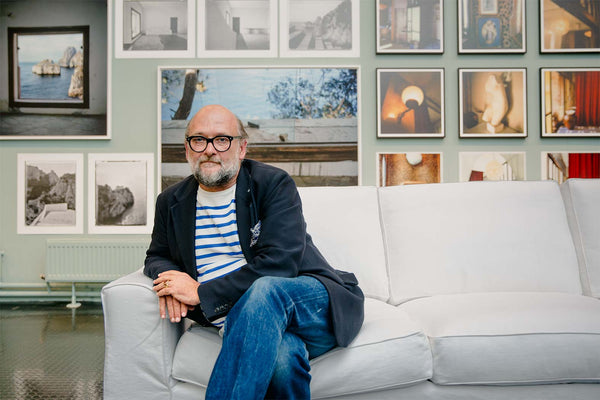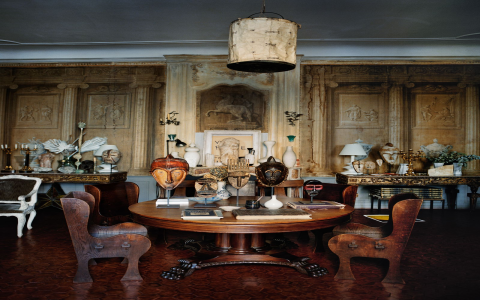You know how sometimes you just fall down a rabbit hole online? That’s exactly how I stumbled into Francois Halard’s world. I was actually searching for some old paint colors – seriously, just looking for this specific shade of faded yellow – and bam, some pictures stopped me cold. They weren’t your usual shiny, perfect home photos. They looked… lived-in, almost forgotten, but so beautiful. Real beauty. And the name just stuck in my head: Francois Halard. Who was this guy?

Digging Like Crazy (Because Google)
Right after that, I just had to know more. My fingers flew over the keyboard. Typed “Francois Halard photographer” into the search bar and braced myself. Found tons of images first – walls peeling paint, sunlight hitting dusty floors perfectly, rooms looking like someone just stepped out five minutes ago… or fifty years ago. Couldn’t tell, and that was the magic.
Then I started reading bits. Learned he wasn’t just snapping pretty pictures. Francois was like a historian with a camera. He photographed the actual places where famous artists lived and worked, like Cy Twombly or Picasso. Real places, messy studios, their personal chaos captured in this incredibly honest way. Not staged. Never staged. That hit me hard. My own blog photos felt so fake suddenly.
Trying To See Like Him (Spoiler: I Failed)
I got obsessed. Needed to understand his eye. Grabbed my own camera – this heavy old DSLR I mostly use for garden shots – and wandered around my house. Looked at corners I usually ignore. The worn spot on the door frame. Sunlight catching dust motes near a bookshelf. Clicked away.
Got the photos onto my laptop later. Opened them up… and sighed. My messy corner just looked messy. Dusty spot looked grimy, not poetic. Where was the magic Francois found?! My pictures looked like… well, boring snapshots. Felt seriously discouraged.
Looking Slower, Feeling More
Didn’t give up. Went back online. Looked at Francois Halard’s photos again, but slowly this time. Didn’t just scroll. Really looked. Noticed how he used light like paint, finding the drama in a sunbeam hitting a chipped plate. Saw how empty space felt heavy and meaningful. How peeling paint told a story. It wasn’t about the expensive stuff, but the stuff. The life left behind.

The Big Shift:
- Stopped trying to take a “Halard-style” photo. Impossible.
- Started trying to see like him instead. See the history, the quiet drama.
- Felt the difference instantly. Less pressure.
My Messy Little Tribute Attempt
Armed with this new feeling – just feeling the objects – I went back inside. Focused on my grandfather’s old worktable. Full of scratches, stains, tools he left years ago. Didn’t arrange a thing. Just waited for the afternoon light to hit it right. Focused on the textures – the rough wood grain, a rust spot on a wrench. Took maybe three shots. Felt different.
Looking at them now on the screen? They’re not Francois Halard masterpieces, not even close. But… they feel real. They feel like my story, told through scratches and sunlight and dust. They have soul, maybe just a tiny bit. That’s what I finally understood Francois Halard was giving us. Not perfect pictures. Soul.
Honestly? This guy changed how I look at my own old dishes now. The world is full of forgotten beauty, and Francois Halard showed me how to look.


